
Introduction
Aquarium pumps are essential devices for maintaining optimal water movement, circulation, and overall health in aquatic ecosystems. Choosing a pump that not only circulates water but also supports filtration and oxygen exchange is vital when setting up a fish tank. This article explains how pumps work in fish tank ecosystems, reviews various types of aquarium water pumps, and guides you through choosing, installing, and maintaining your pump. Key products include the 1200 GPH Amphibious Water Pump, Amphibious Water Pump, External Submersible Water Pump, Aqua Dream 1452 GPH Submersible Water Pump, Aqua Dream 800 GPH Adjustable Submersible Pump Aquarium Powerhead, Bottom Feed submersible water pump, and Aqua Dream 1200 GPH Amphibious Water Pump. Aquarium enthusiasts will find detailed instructions on pump functionality, installation, and maintenance strategies to guarantee a thriving aquatic environment.
Transitioning from the basics, the following sections delve into the core functions of aquarium pumps and provide a step-by-step guide for peak performance.
The Core Function of a Pump for Fish Tank Ecosystems
An aquarium pump fundamentally promotes water circulation, ensuring even distribution of oxygen, nutrients, and heat. This circulation mimics natural conditions essential for the health of aquatic organisms.
Ensuring Water Circulation With a Fish Tank Water Pump
A pump maintains consistent water movement to prevent dead zones where waste can accumulate. For example, the Aqua Dream 1452 GPH Submersible Water Pump keeps high flow rates without causing turbulence, allowing even distribution of nutrients and heat.
Promoting Oxygen Exchange Through Water Movement
By enhancing surface agitation, a pump improves oxygen exchange between water and air, which is crucial for fish respiration and beneficial bacteria. The bottom feed submersible water pump gently disturbs the surface to maximize dissolved oxygen without stressing aquatic life.
Supporting Filtration Systems With a Reliable Aquarium Water Pump
Pumps work in tandem with filtration systems to remove debris, chemical impurities, and biological waste. An External Submersible Water Pump, for example, supplies pre-filtered water continuously to canister filters, ensuring every tank area receives clean water and preventing harmful buildup.
Understanding Different Types of Aquarium Water Pumps
Aquarium water pumps vary to suit different needs and setups. They commonly include submersible pumps, external pumps, air pumps, powerheads, and utility pumps. Each type is designed to deliver robust, energy-efficient, and quiet performance, ensuring a balanced aquatic environment.
Submersible Pumps for Fish Tanks Advantages
Submersible pumps are fully immersed in the water, making them easy to install and operate quietly. Models like the Aqua Dream 1452 GPH Submersible Water Pump are compact, energy efficient, and offer optimal flow with simple maintenance, ideal for smaller tanks or planted aquariums where space is at a premium.
Characteristics of External or in-Line Aquarium Pumps
External (in-line) pumps are installed outside the tank and connected via tubing. They handle higher volumes of water, making them well-suited for larger aquariums or systems with complex filtration. Their accessible design facilitates servicing and cooling, providing superior control over water movement and filtration.
Air Pumps and Their Role in Powering Devices
Air pumps use air pressure to indirectly drive water movement. They power devices like air-driven filters, bubble walls, and protein skimmers. Valued for their simplicity and low energy consumption, air pumps provide gentle agitation that assists in oxygen distribution without the forceful circulation of water pumps.
Comparing Powerheads and Utility Pumps for Specific Needs
Powerheads create adjustable directional currents to simulate natural flows and support coral and invertebrate growth, while utility pumps are versatile for general water movement and powering filters. The Aqua Dream 800 GPH Adjustable Submersible Pump Aquarium Powerhead, for instance, offers both power and precision for most aquarium setups.
Boosting Oxygen Level with a Untra Quiet Air Pump for Fish Tank Serenity
A quiet pump is critical for maintaining a peaceful environment, especially if the tank is in living or sleeping areas. Modern pumps incorporate noise reduction features like sound-dampening materials and optimized motor configurations. Customer feedback and manufacturer specifications are important when choosing a pump known for its low operational noise.
Choosing the Correct Pump for Your Fish Tank Setup
Selecting the right pump depends on tank volume, desired water flow, and specific filtration needs. An ideal pump supports efficient circulation, sustains biological filtration, and operates quietly with low power consumption. Detailed methods for calculating flow rate and matching pump output to system requirements are crucial, as is considering energy efficiency and reading product reviews.
Understand Your Tank Size and Flow Rate
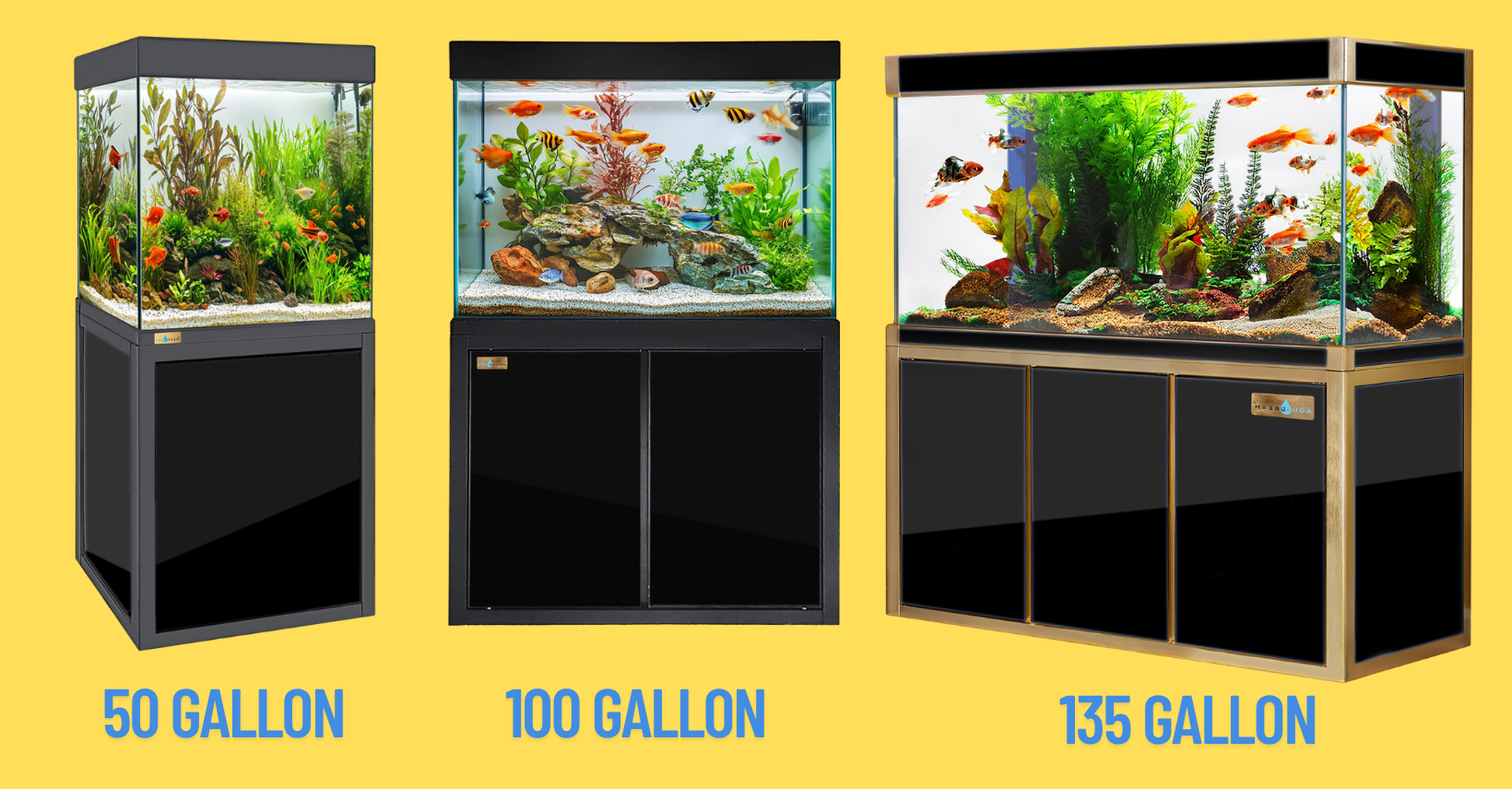
A general guideline is to circulate the aquarium’s volume 4 to 6 times per hour. For example, a 50-gallon tank typically needs a pump delivering 200 to 300 GPH. However, variations in tank shape and bioload may require adjustments; therefore, products like the Aqua Dream 1200 GPH Amphibious Water Pump offer flexibility with high flow ratings suitable for larger or reef tanks.
Matching a Pump to Your Filtration Needs
When pairing a pump with a filtration system, consider both flow rate and filter compatibility. An external submersible water pump should match a filter’s capacity to avoid turbulence or bypass, ensuring effective removal of impurities. Expert product reviews can help identify pumps that achieve a balance between robust performance and gentle handling of water.
Considering Head Height for Sump and Canister Setups
Head height—the vertical distance water must be lifted—is critical. Pumps must overcome gravity and friction losses when flushing water from a sump or routing it through canister filters. Models like the Aqua Dream 800 GPH Adjustable Submersible Pump are designed to perform reliably even under higher head conditions, so check manufacturer specifications to ensure adequate lift.
Smart Pumps in Modern Fish Tank
Modern pumps utilize energy-saving technologies, such as variable speed controls and smart motors, which adjust output based on demand. This reduces electricity consumption and prolongs pump life. When selecting a pump, reviewing energy ratings and technical specifications helps ensure that performance and sustainability go hand in hand.
Reading Reviews for the Best Pump for Fish Tank Performance
Customer reviews offer insights into real-world performance, covering aspects such as durability, noise levels, and ease of maintenance. For example, the 1200 GPH Amphibious Water Pump is consistently praised for its robust construction and versatility. Comparing multiple reviews minimizes the risk of choosing a pump that might underperform in your specific setup.
Maintaining Your Aquarium Pump for Optimal Performance
Regular maintenance prolongs pump life and performance. Over time, debris or wear can reduce efficiency, making routine cleaning and inspection essential.
Regular Cleaning Schedules for a Fish Tank Pump
Establish a regular cleaning schedule—ideally every two weeks—to remove debris or algae buildup from the pump’s intake and impellers. Periodic disassembly for thorough cleaning prevents clogs and ensures smooth water flow with reduced motor strain.
Inspecting Impellers and Other Moving Parts
Regularly remove and clean the impeller and inspect seals and moving parts for signs of wear. Routine checks every 4–6 weeks help maintain reliability and performance over time.
Managing Clogs and Debris in the Pump Intake
Using a filter or strainer over the pump intake can reduce clogging. Periodically inspect the intake tube for blockages; prompt removal of debris restores water flow and prevents motor strain.
Extending the Lifespan of Your Pump for Fish Tank
Regular maintenance and prompt repairs can significantly extend pump longevity. Even robust models, like the Aqua Dream series, benefit from scheduled cleaning and timely part replacement, saving money in the long run.
Table: Comparison of Aquarium Pump Types and Their Key Attributes
Before moving on, refer to the table below for a quick comparison of different pump types:
|
Pump Type |
Flow Rate (GPH) |
Noise Level |
Installation Method |
Best For |
|
Submersible Water Pump |
800 – 1452 GPH |
Low |
Immersed in tank |
Small to mid-sized aquariums |
|
External/Submersible Water Pump |
1200+ GPH |
Medium |
External with tubing |
Large tanks, high filtration needs |
|
Air Pump |
Varies (low flow) |
Low |
Mounted externally |
Aeration only, accessory devices |
|
Powerhead |
Adjustable |
Very Low |
Submerged, directional |
Mimicking currents in marine tanks |
|
Bottom Feed Submersible Pump |
1200+ GPH |
Low |
Positioned at tank bottom |
Even water distribution |
This table highlights key features and helps in selecting the right pump based on your aquarium’s requirements.
An additional list of maintenance tips and troubleshooting steps is covered above to reinforce the importance of regular care and thoughtful pump selection.
Frequently Asked Questions
Q: How do I determine the right pump flow rate for my aquarium?
A: Multiply your aquarium volume by 4 to 6. For a 50-gallon tank, a pump delivering 200–300 GPH is ideal.
Q: Can I use multiple pumps in one aquarium?
A: Yes. Multiple pumps can ensure even circulation, reduce dead zones, and support various functions like filtration and oxygenation. Just ensure that the combined flow does not create overly strong currents.
Q: What maintenance routine is recommended for an aquarium pump?
A: Clean the pump every two to four weeks, inspect impellers and seals for wear, and check that all tubing and connections are secure. Also, routinely remove any clogs or air bubbles to maintain consistent flow.
Q: How do I prevent my pump from being noisy?
A: Ensure the pump is securely mounted and free from air bubbles. Use shock-absorbing mounts, clean and lubricate moving parts, and consider models known for low noise output.
Q: When should I consider replacing my aquarium pump?
A: Replace the pump if performance consistently decreases despite maintenance, if it becomes unusually noisy, or if energy consumption rises. Older pumps that affect water quality may also need replacement with newer, more efficient models.
Final Thoughts
Aquarium pumps are indispensable for sustaining a healthy aquatic ecosystem. They circulate, oxygenate, and filter water effectively. By selecting a pump based on your tank size and filtration needs, and by following rigorous installation and maintenance procedures, you ensure that your aquarium remains a thriving habitat. Address any issues promptly and maintain regular care to maximize pump performance and longevity. Use the insights and guides in this article as a roadmap to optimize your aquarium’s health.



 Aquariums & Supplies
Aquariums & Supplies
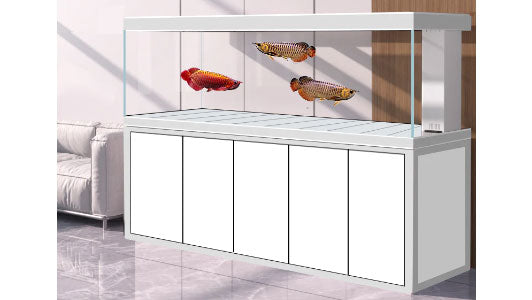

 Coral Reef Aquariums & Supplies
Coral Reef Aquariums & Supplies
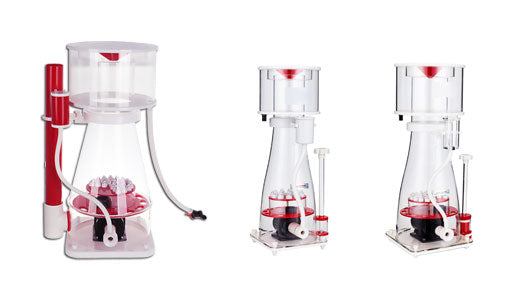

 Garden & Hydroponics & Landscape
Garden & Hydroponics & Landscape
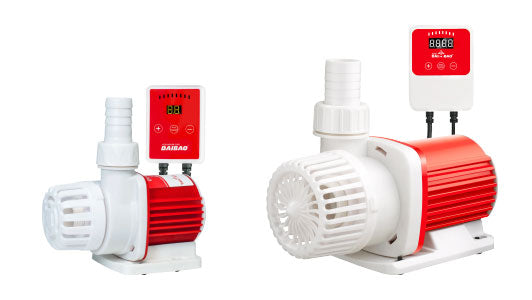

 Ponds & Fountains & Waterfalls
Ponds & Fountains & Waterfalls
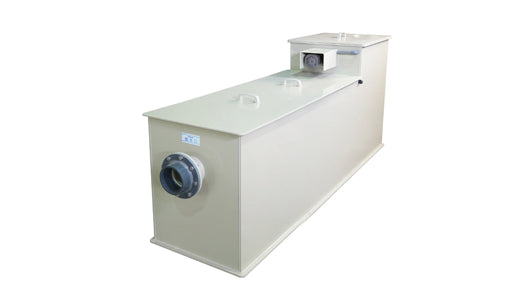

 Drum Pond Filter
Drum Pond Filter
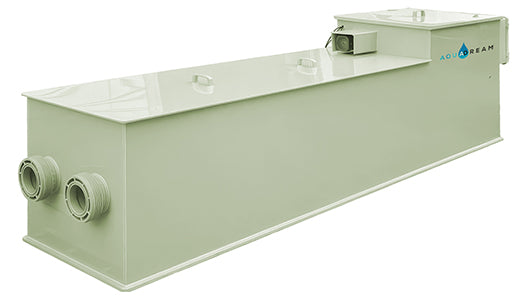
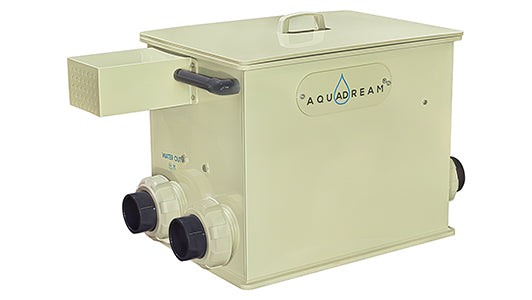

 Community
Community
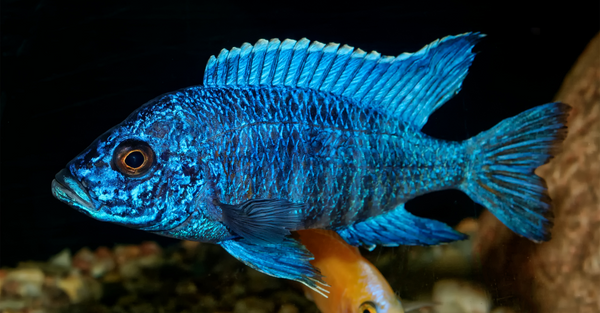
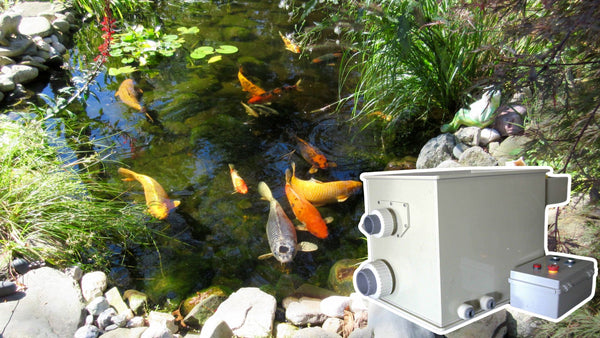

 Help Center
Help Center







